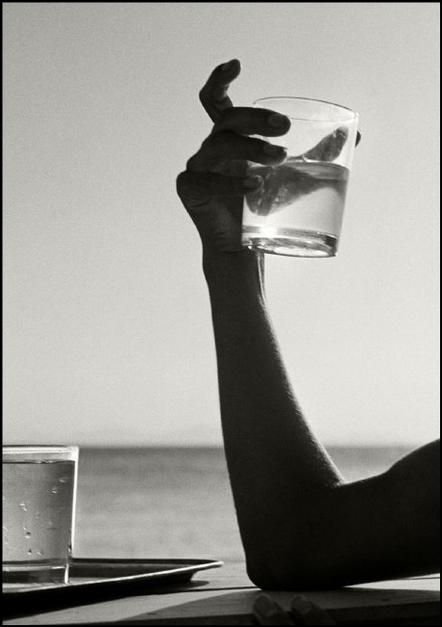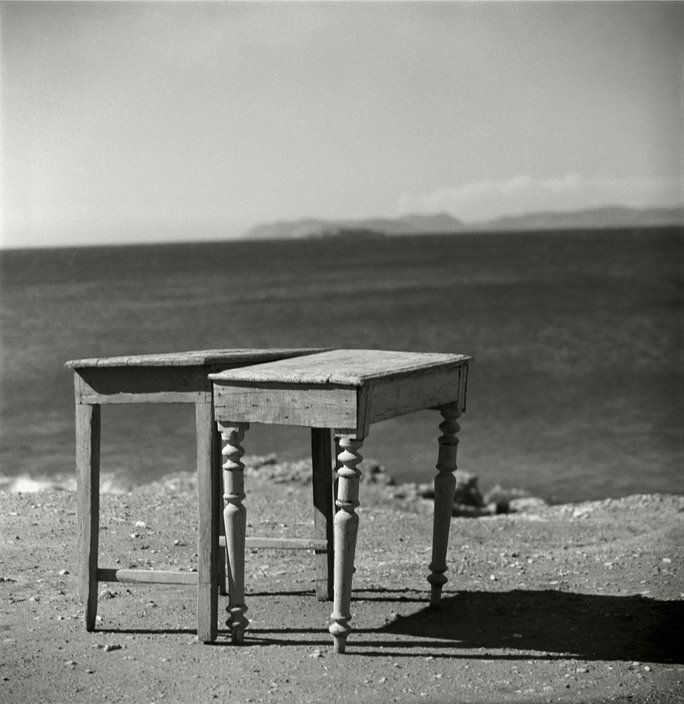HERBERT LIST
Herbert List (Hamburg, 7 October 1903 - Munich, 4 April 1975) while studying literature at the University of Heidelberg, he began an apprenticeship at the family coffee company; he travelled a lot in Brazil, Guatemala, Costa Rica and it is in this period that he started taking photographs, initially without artistic ambitions. In 1930 he met the architect and photographer Andreas Feininger, who introduced him to the use of the Rolleiflex camera. Thus he began to take portraits of friends and still life, influenced by his contemporaries, in particular by the Bauhaus and the surrealist movement.
In 1936 List began his professional career working in Paris and London. From the meeting with George Hoyningen-Huene the collaboration with Harper's Bazaar was born, but fashion photography did not fully satisfy his creativity: he thus returned to still life and to the style that he then defined "metaphysical photography", which takes up dreams and fantastic imagery, using mirrors and double exposures. In 1944 he was forced to join the German army despite his Jewish origins and his homosexuality. In Norway he was a designer of geographic maps; and thanks to an expedition to Paris he was able to take portraits of Picasso, Jean Cocteau, Joan Mirò and others. After the war he photographed the ruins of Munich and became the art editor of Heute magazine. In 1951 List met Robert Capa who invited him to join the Magnum Photos agency; for the following decade he worked mainly in Italy, influenced by Magnum's colleague Henri Cartier-Bresson and by the cinematic current of Italian Neorealism. In the 1960s he set aside photography and died on April 4, 1975 in Monaco.
List investigates everyday objects, bodies and places with a unique look: an extremely modern stylistic code, created by a cultured eye, which together with a transversal cut tells the ruins of ancient Greece, the bodies of young men diving in the Baltic Sea and precious natural views of the Mediterranean coasts. His works range from metaphysics to the most romantic poetry, always united by the red thread of elegance and the very refined taste of black and white; they are images of direct, fragile and ephemeral beauty and, precisely because of this simplicity, they speak directly to contemporaneity. His austere style and his black and white shots have been taken as a model in contemporary photography by many photographers even in the world of fashion photography, and even today famous advertising campaigns certainly continue to draw on his universe of images.













